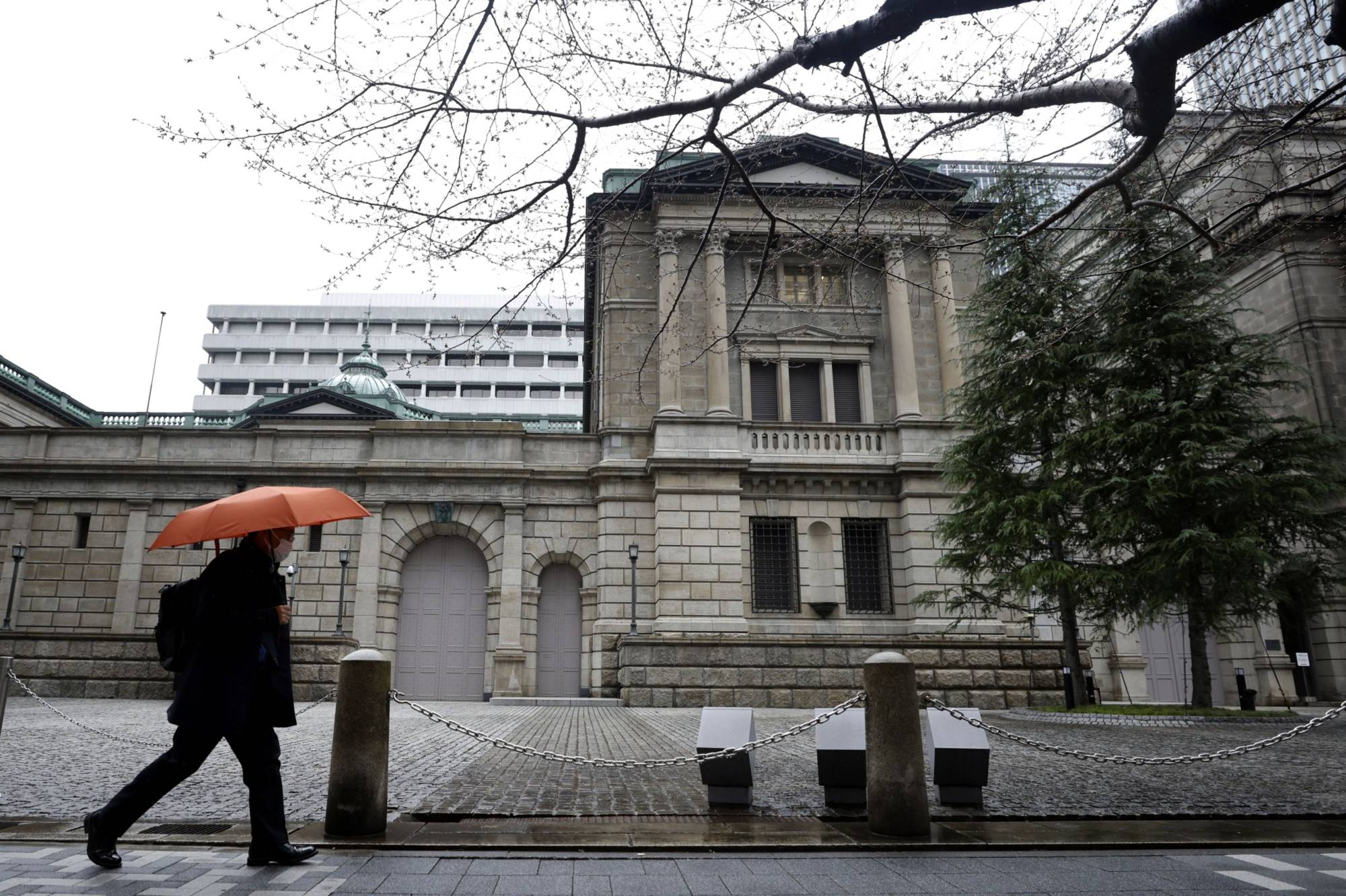The Bank of Japan’s extraordinary bond market intervention this week has magnified the spotlight on its quarterly asset purchase plan due Thursday.
The central bank’s resolve to cap the rise in 10-year yields — seen in unlimited purchase operations Monday and Tuesday — has increased investor focus on its plans for longer-dated maturities. They lie outside the BOJ’s yield-curve control policy and remain particularly vulnerable to volatility in the global bond market.
The 30-year yield broke through the 1% level Monday for the first time in six years and traded at 1.1% on Tuesday — steepening Japan’s yield curve. Benchmark yields held within policymakers’ limits as investors sold ¥242.6 billion ($2 billion) of the bonds to the central bank.

















With your current subscription plan you can comment on stories. However, before writing your first comment, please create a display name in the Profile section of your subscriber account page.